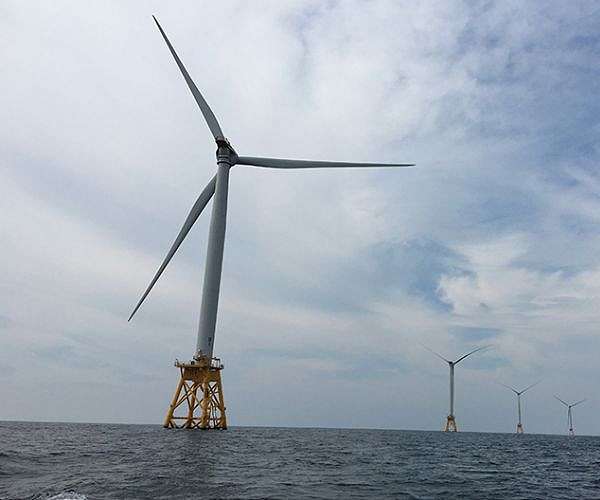Engineers Develop Cost-Effective Seafloor Testing Device for Offshore Wind Farms
by Simon Mansfield
Sydney, Australia (SPX) Jul 18, 2024
Australian engineers have introduced an innovative device, inspired by a modified speargun, to provide a cost-efficient method for testing seabed soil in the development of offshore wind farms.
The RMIT University-designed device propels a probe into the seabed, gathering critical data about the underwater terrain.
Traditionally, seabed testing involves winching or dropping probes, known as penetrometers, from a support vessel. However, in shallower waters typical for wind farm projects, lightweight probes struggle to penetrate the sandy seabed, while heavy-duty probes can be prohibitively expensive, costing up to AU$200,000 per day.
The RMIT team tested their launch device using various probe tips and sand mixtures in a controlled water tank environment, employing sensors and high-speed cameras to analyze the results.
According to findings published in the Canadian Geotechnical Journal, the new device offers twice the effectiveness of current lightweight soil testers in penetrating the seafloor and is significantly more cost-effective than heavier alternatives.
RMIT PhD candidate and study lead author Junlin Rong emphasized the device’s promise: “In laboratory environments, the device showed considerably greater penetration potential compared to free-falling probes on soil. Notably, in high-density sandy material, the penetration depth was twice that of previously reported values achieved by freely falling probes,” Rong said.
“This breakthrough technique has the potential to revolutionize site investigations for wind farm projects, offering significant time and cost savings while outperforming the embedment achieved by other dynamic penetrometers.”
Designed with environmental considerations, the probes can be retrieved and reused, facilitating ‘probe and go’ testing that minimizes seabed disruption.
Additionally, the device can be adapted to existing probes, allowing for easy retrofitting with minimal investment.
Rong noted that while conventional cone penetration testing methods will remain prevalent, their launch system could reduce the frequency of these costly tests, leading to substantial savings.
RMIT Professor of Geotechnical Engineering Majid Nazem announced the device’s readiness for field trials: “Now that our experiments have demonstrated the device’s ability to achieve considerable embedment depth in dense sand, we are keen to conduct field trials and collaborate with our potential industrial partners to further test its performance for offshore geotechnical engineering applications,” Nazem said.
This research, conducted in collaboration with the University of Melbourne at RMIT’s Heavy Structures Laboratory, was supported by the Australian Research Council through the Discovery Project scheme (DP200100549).
Research Report:Development of a speargun projectile penetrometer in soil
Related Links

